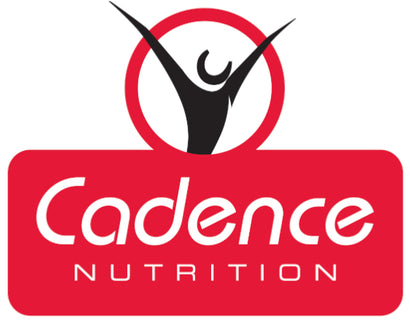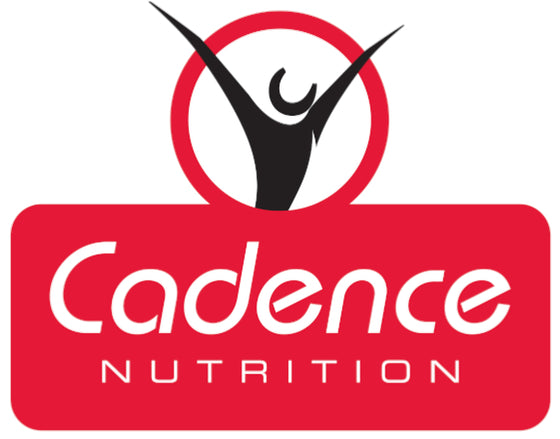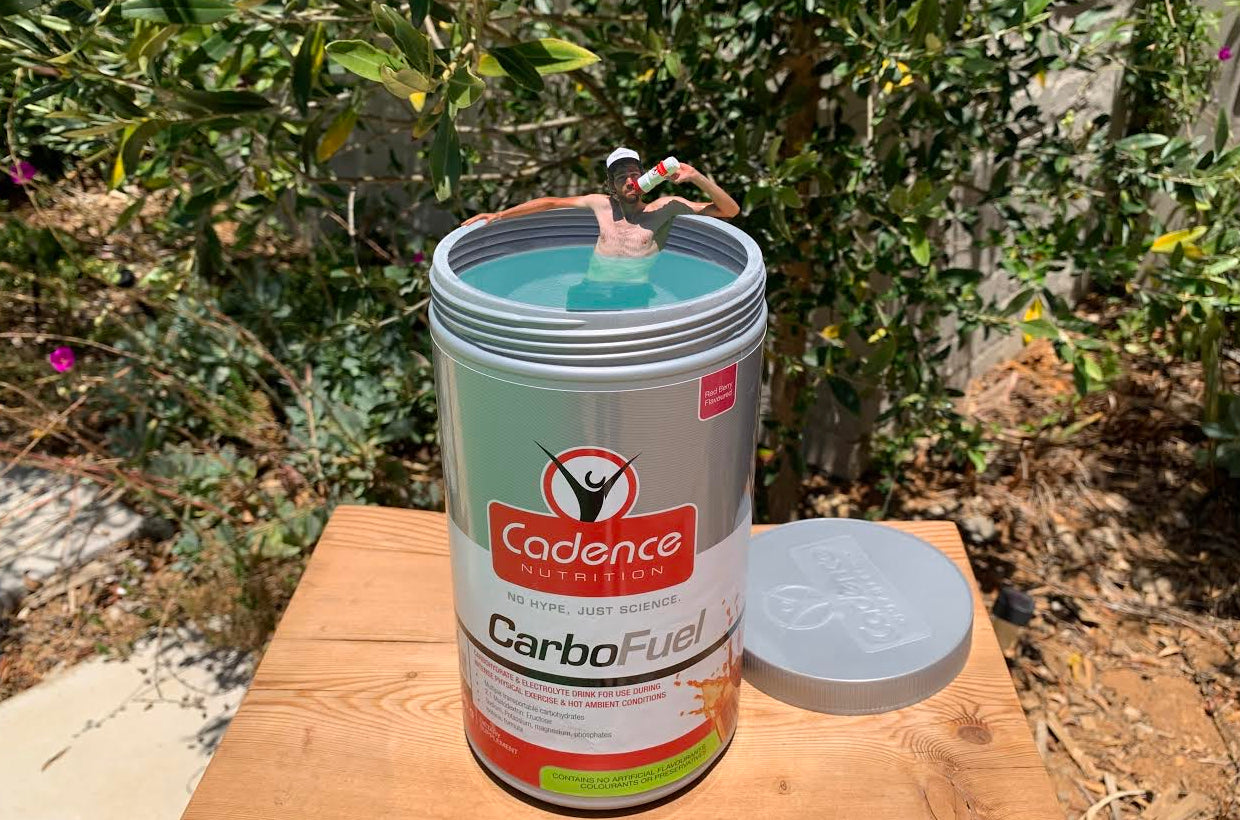Tips for training in Heat
Our Cadence Nutrition tips for training in Heat
With our warm climate, summer in South Africa often means we need to contend with training in the heat. There are a number of elements to this worth exploring.
When to Exercise, Early or Late?
It’s best to escape the worst of the heat if you are able to, especially when still getting used to hotter conditions. Plan your training beforehand and keep an eye on the weather. Early mornings before work are great, as it is often a bit cooler (and less windy in Cape Town). If you are not able to get your training done in the morning, post work sessions can also be a great way to unwind after the day. The challenge can be that other commitments may come up and interfere with your training schedule.
Ease into it!
Your perception of training difficulty will increase when training in hot conditions. Your body pushes more blood to the surface of your skin to cool you down through sweating and radiant heat loss, this means there is less blood available to transport oxygen towards your muscles, gut, kidneys and brain, which limits how much effort you can tollerate. So rather than going at your normal intensity, reduce your training stress and let your body adapt and become more familiar to the warmer conditions. Your body can take up to two weeks to acclimatise to the heat.
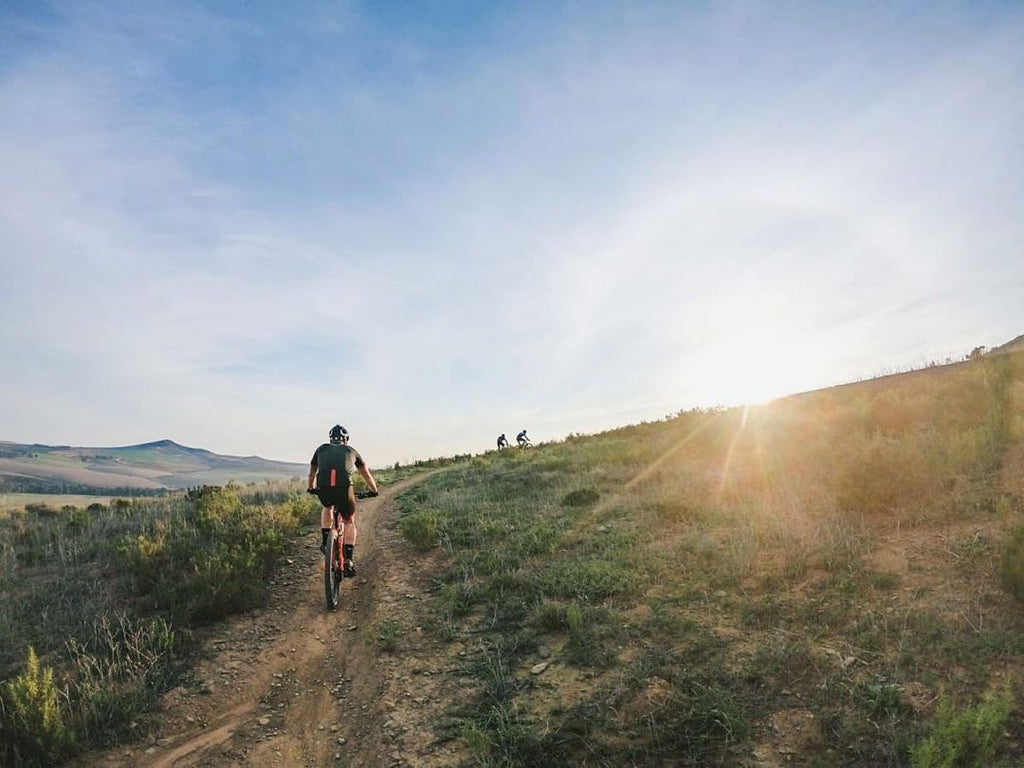
Choose the right kit
The clothing you choose to wear while training in the heat, be it cycling, running or hiking can make a big difference in how you feel. Choose lighter colour sportswear made from more breathable materials, the lighter colour decreases the amount of heat your kit retains while the breathable material allows you to cool down better through perspiration. Remember to apply sunblock when going for a more breathable kit option.
Ease off the Alcohol
Drinking alcohol increases your production of urine, compounded with the fact that alcohol triggers a decrease in antidiuretic hormone which causes your body to eliminate more water than it absorbs, both not ideal when training in the heat. Alcohol also has a negative impact on the quality of your sleep, muscle protein synthesis and glycogen synthesis. There’s nothing wrong with enjoying alcohol, but it is important keep the effects in mind when preparing to exercise in hot weather!

Stay Hydrated!
It sounds simple but is often overlooked. The hotter the temperature, the more you are going to sweat. It is not only important to drink to stay hydrated but staying hydrated allows you to sweat more. Sweat plays an important role in enabling your body to cool you down during your activity. Be sure to drink enough water as well as a sports drink like CarboFuel to ensure you are replacing the right electrolytes and necessary minerals your body loses during exercise.
Not sure how much to drink? Have a look at our Hydration and Sweat rate blog to learn more: Here
Be careful to not drink excessively. More people have died from overdrinking than from dehydration. So drink up to 800ml per hour if you need to stay cool or feel thirsty but if you need to drink more than that then rather douse your head with water and consider limiting your time in the heat until you adapt.
Don’t sit still
Actively cooling down (walking, spinning easy) after your training allows your body to recirculate blood to all the necessary parts of your body. Spend at least 15 to 20 minutes drinking fluids, eating small snacks, and cooling down before you sit.

Is it worth it training in the Heat, are there really advantages?
Results published from a recent study in Experimental Physiology found that haemoglobin levels in male elite cyclists increased by 4-5% when the tests subjects spent 5 weeks training at 37°C, boosting the amount of oxygen the were able to absorb. The haemoglobin benefit isn’t likely to be dramatic for recreational athletes though.
Training and adapting in Hotter environments can also increase the volume of plasma in your vascular compartment by almost 20%. An increase in plasma volume enables your body to better regulate body temperature (known as thermoregulation) and may be beneficial to recreational athletes too!
In summary, acclimatising to heat is a good thing for athletes! By getting acclimated to heat, your body gets better at sweating and cooling itself down. You want a certain amount of blood and oxygen to go to your muscles when you’re out training, but if you’re training in the heat, your body will divert some of that blood flow to the skin to cool you down and help your body maintain its core temperature. After training in the heat you will produce and retain more blood proteins which increase your plasma volume.
Increased plasma volume doesn’t just help your body stay cool, more plasma means increased blood volume, allowing more blood to be sent to the surface of your skin for cooling leaving more than enough blood to supply oxygen to your muscles, giving you the ability to last longer.
Also in Cadence Nutrition Blog
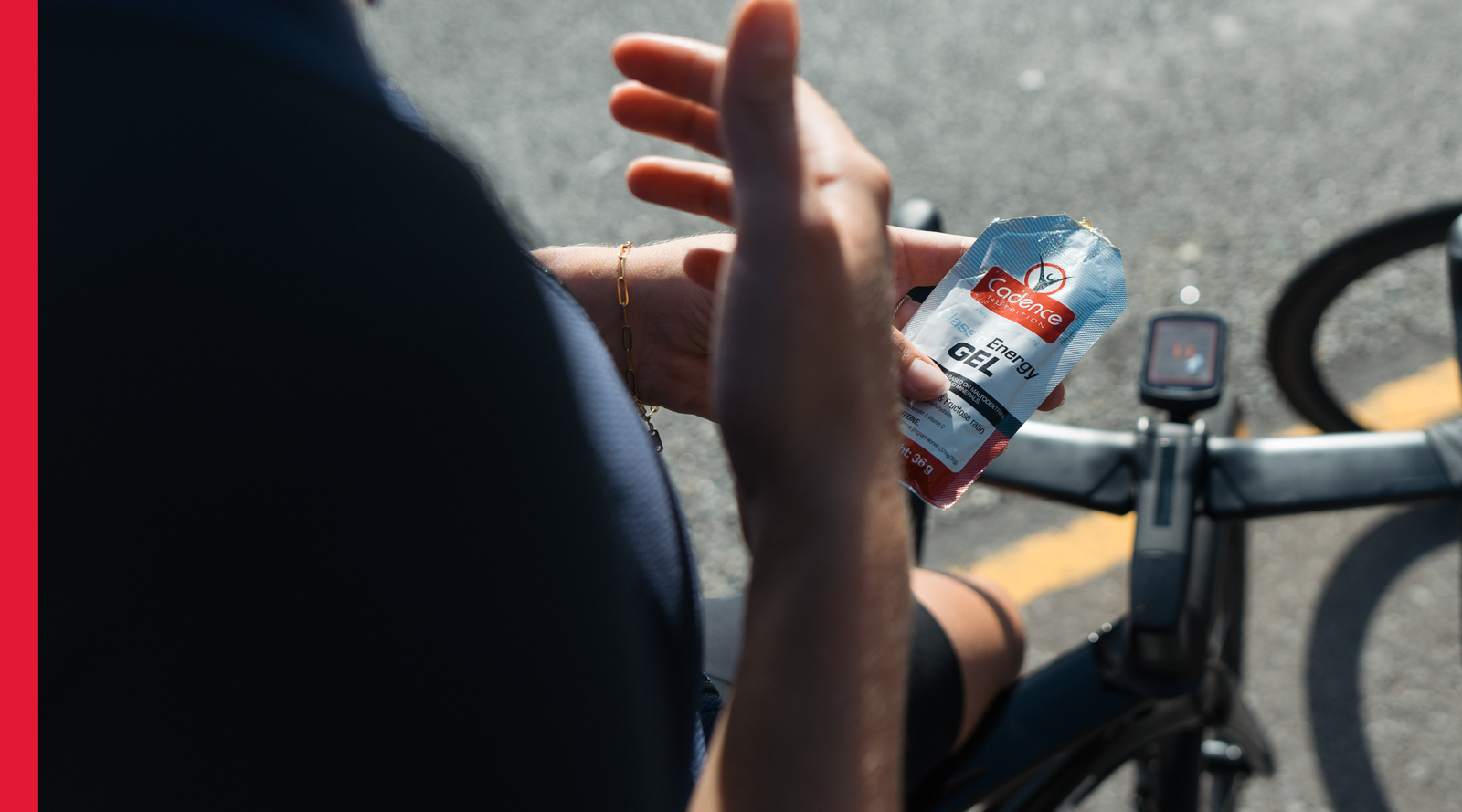
Fuel your 2025 Double Century with Cadence Nutrition
Taking on a Double Century is no small feat - but with the right fuelling plan, you can ride strong from start to finish. This guide breaks down how to aim for 60g carbs per hour, why the 2:1 carb ratio is key for endurance nutrition and how to recover properly so you’re ready for race day.
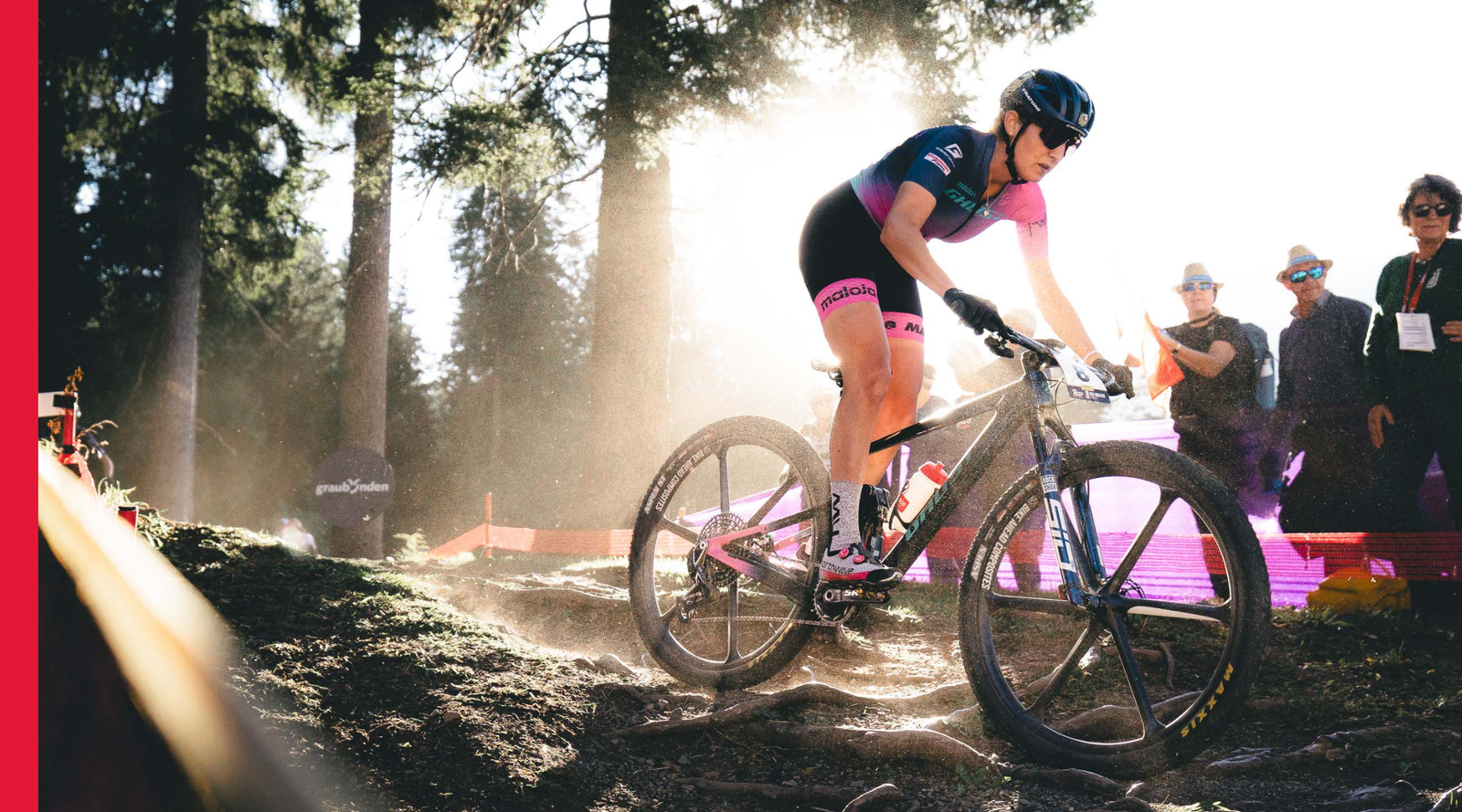
Dust. Drama. Determination. Ghost Factory Racing in Lenzerheide
The Ghost Factory Racing Team brought grit and determination to Lenzerheide. A weekend of chaos, adrenaline and moments of brilliance as the World Cup season builds towards its North American finale.
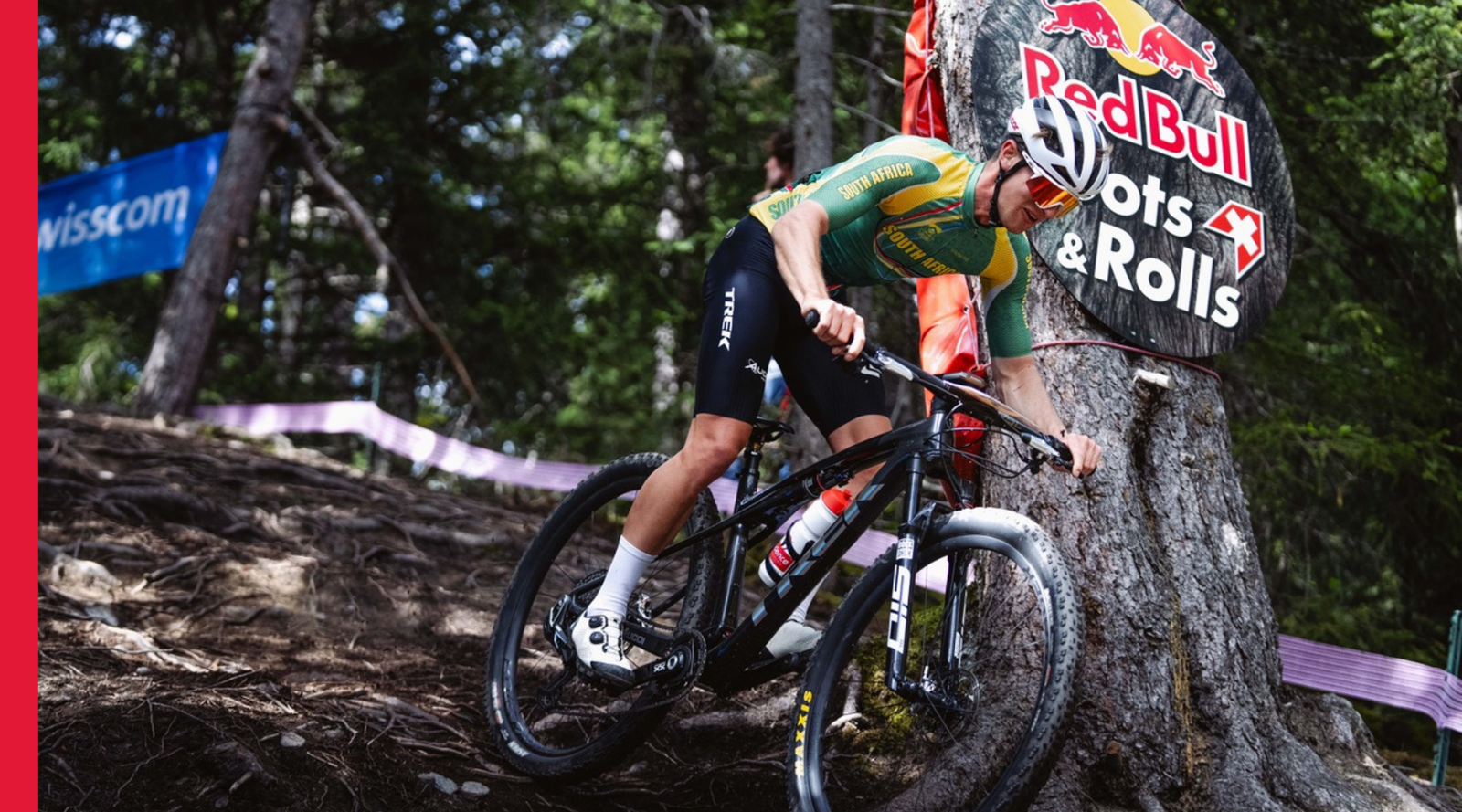
Massi Ambrosi breaks into the top 15 at his first U23 World Champs
Massi Ambrosi impresses at the 2025 UCI Mountain Bike XCO World Championships, finishing 15th in his first U23 race. Here’s how he tackled the course, fuelled his ride with Cadence Nutrition and reflected on representing South Africa on the world stage
